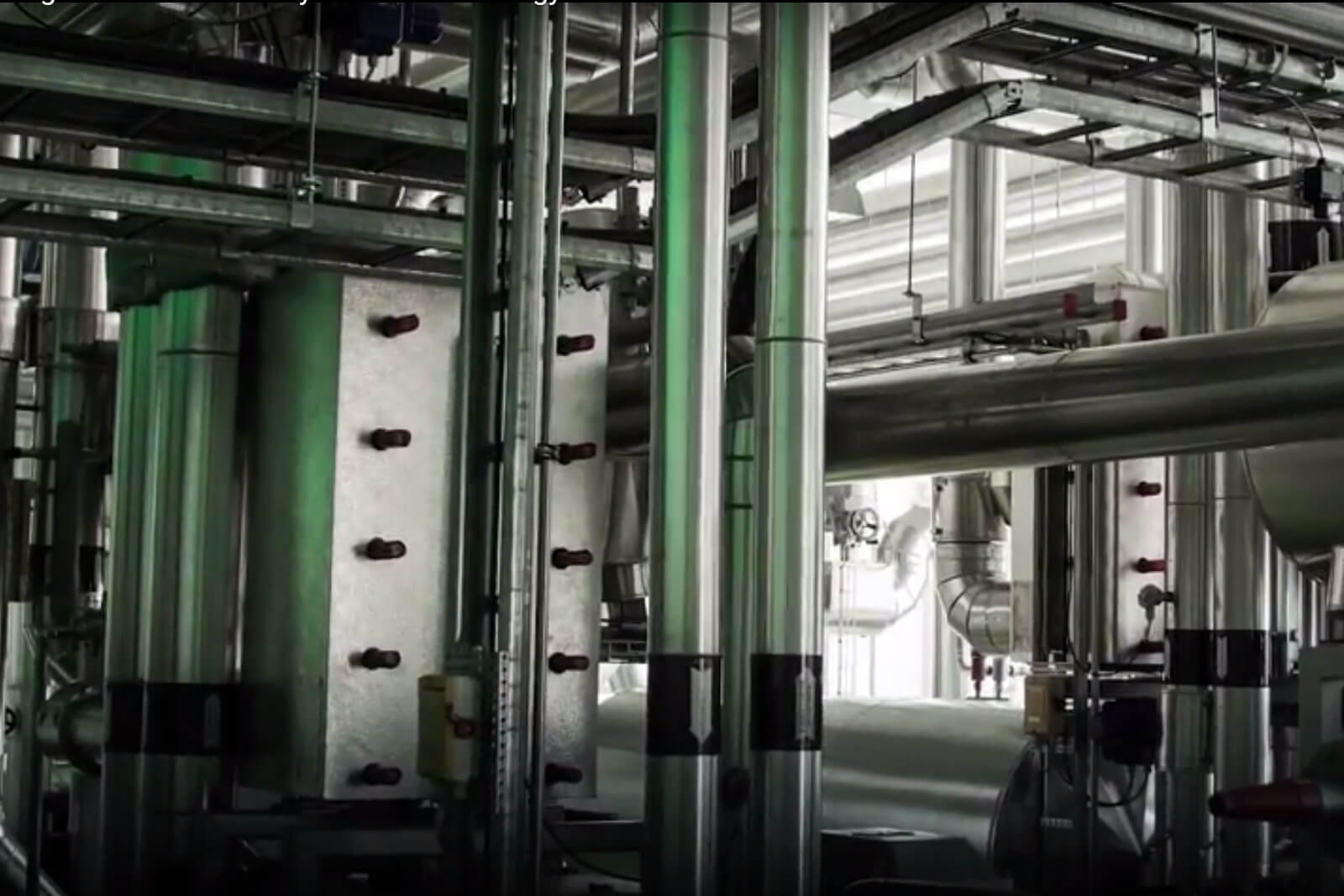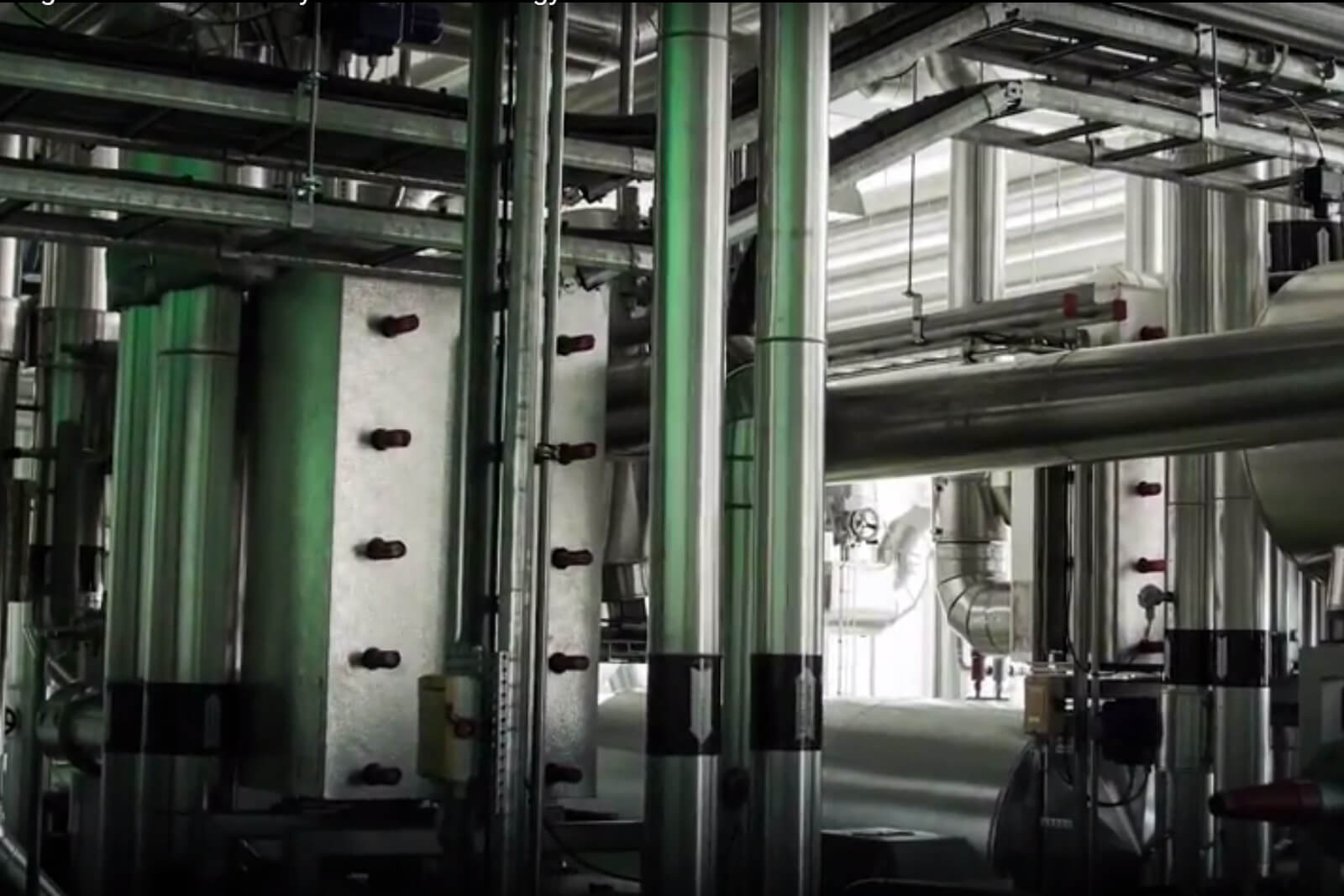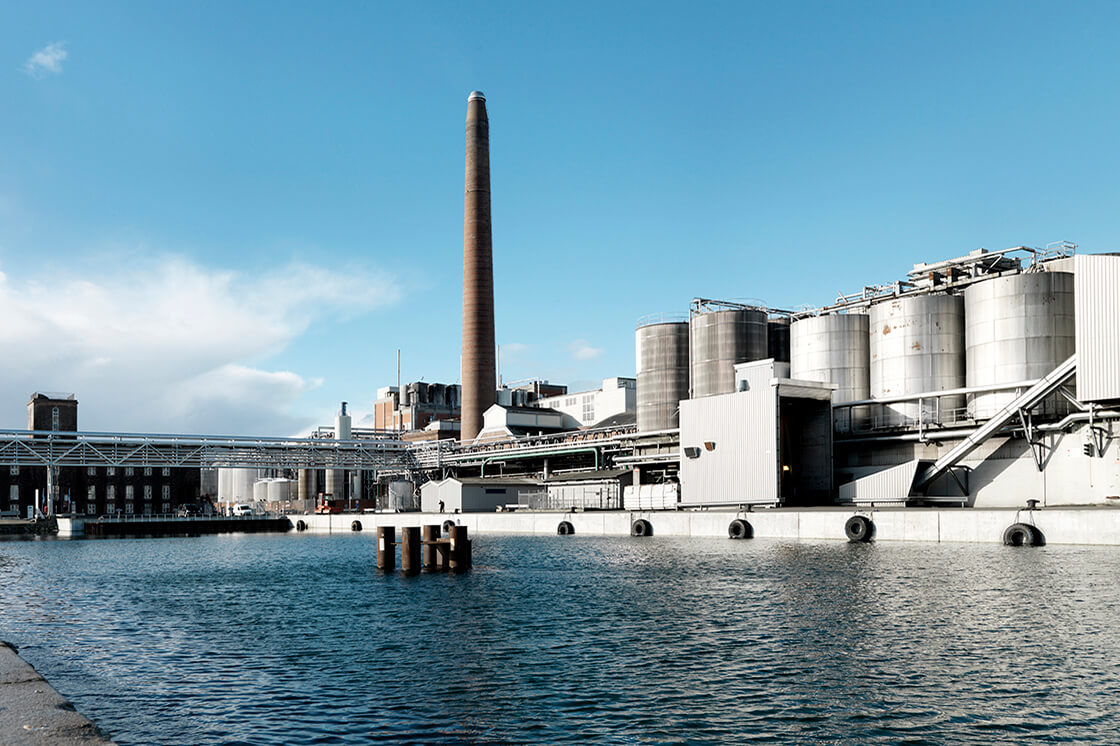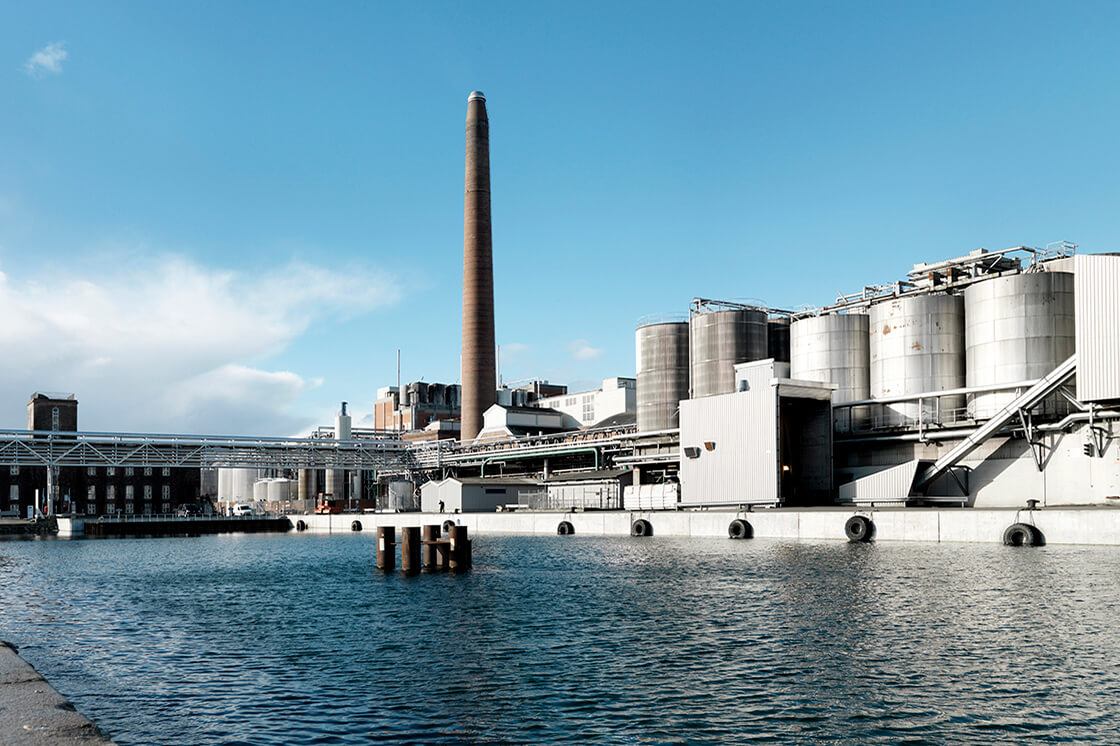Today’s district energy networks are ripe with untapped potential. And digitalization is the fundamental lever to unlock the next generation of district energy—of new networks and network expansion that unlock unrealized end-to-end optimization and energy efficiency.
The question, then, is ‘How?’. In this article, we’ll unpack why the complexity of district energy networks is an advantage that supports greater resilience and flexibility with actionable insights—when monitored and regulated by intelligent control solutions.
Embracing the maze: The untapped potential of complex district energy networks
Complex networks are akin to mazes, marked by complexity and loops. While traditional mazes have just one starting point and one endpoint, today’s district energy networks are a new kind of maze with multiple starting points for heat or cold production and thousands of endpoints at the consumer level.
As the complexity of the system increases, the more important it becomes to apply effective control logic to ensure stable and optimized operation. In a modern system with multiple thermal plants that use a variety of fuels, it’s increasingly important to control when, where, and how the energy is produced, distributed, and consumed.
With advanced control logic throughout the supply system—based on intelligent digital solutions—you can gain more cost-effective energy production while reducing CO₂ emissions and maintaining comfort for end users.
How digitalized district energy networks improve resilience through flexibility and efficiency
District energy offers unique opportunities to deliver sustainable heating and cooling from a large variety of renewable sources—which might not be accessible at an individual building level—reinforcing the idea of a complex heat or cold maze. Using minimal primary energy inputs, however, district energy enables heat and cold generation from production to distribution and consumption—with intelligent control systems being the foundation to realize the full potential of the system.
Leveraging renewable energy sources—such as heat pumps that capture excess heat from a data center or supermarket, biomass materials like wood chips, or even geothermal energy—enables the flexibility to select an energy source based on availability. Thus, making it easier to absorb cost fluctuations in the network. And shifting from fossil fuels to renewables ensures greener operations: historically, district energy has reduced CO₂ emissions by 3–4%, and with digitalization, you can enable an ever-faster transition by lowering energy consumption and increasing full transparency in the district energy maze.
This union of flexibility, efficiency, and exceptional openness to new energy sources make the district energy infrastructure ideal for expanding or building more sources into the system while increasing the system’s resilience.
Fundamentally, a domain hardware knowledge of how the “heat or cold thermal maze” is built—down to each valve, controller, or heat exchanger—is essential to create smart components upgraded with advanced AI-based software and digital twin solutions. This ultimately maximizes the value of available information and data while helping utilities and building owners make better decisions empowered by digital tools.
Related solutions
-
if (isSmallPicture) {


 District cooling
District coolingDistrict cooling is an environmentally friendly and energy efficient cooling supply that enables a green future with substitution to renewable energy.
-
if (isSmallPicture) {


 District heating
District heatingUnlock the grids full potential with end-to-end district energy solutions and get actionable insights enabling continuous optimization and optimal temperature control on both demand and supply side.






